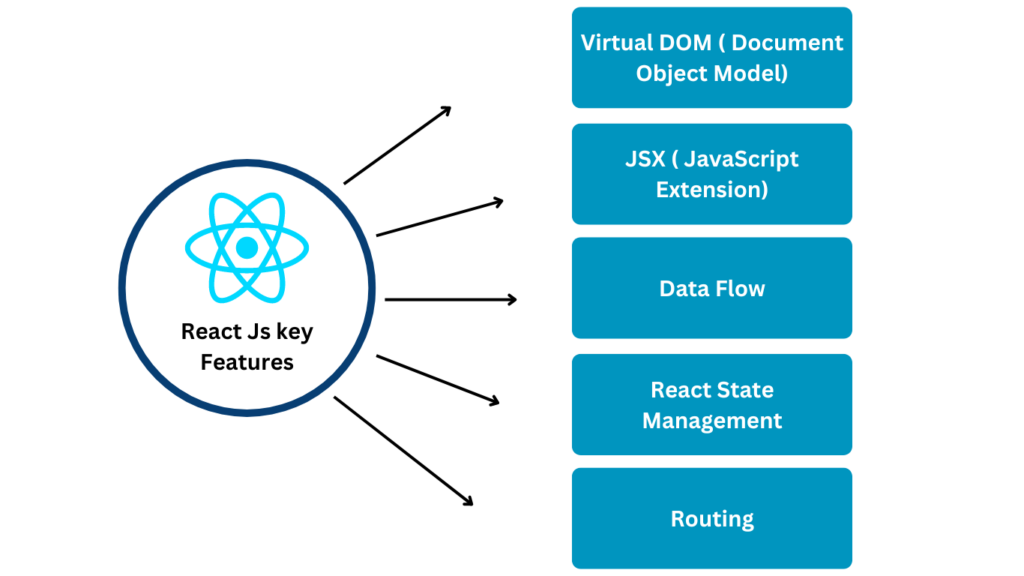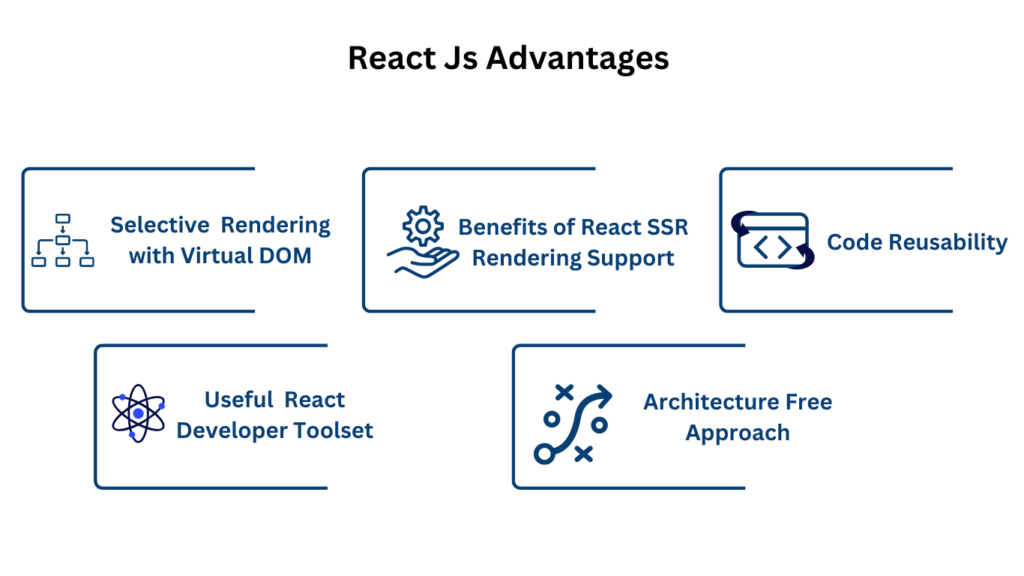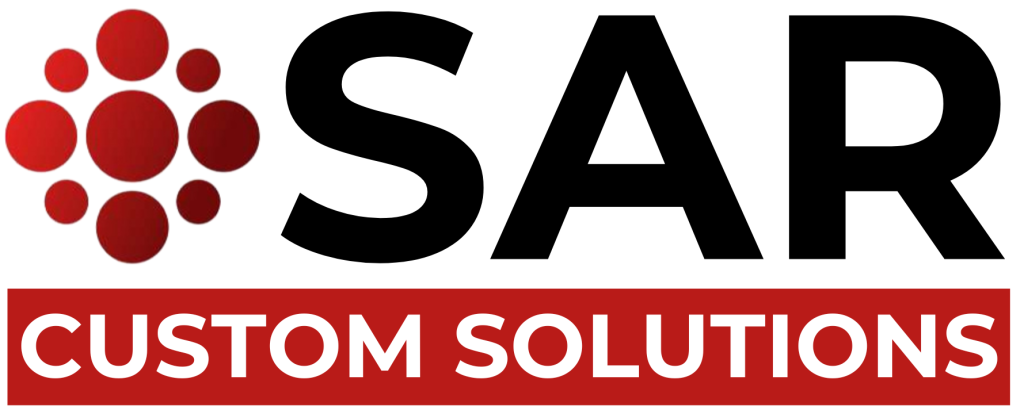React Js
Home > Page
Introduction:
React.js, commonly referred to as React, is a powerful and flexible JavaScript library used for building user interfaces, particularly single-page applications where a seamless and interactive user experience is essential. Developed and maintained by Facebook, along with a community of individual developers and companies, React has quickly become one of the most popular libraries in the web development landscape since its release in 2013.
Key Features of React.js:
Component-Based Architecture: React encourages the creation of reusable UI components, which encapsulate their own structure, functionality, and styling. This modular approach simplifies the development process and enhances maintainability.
Virtual DOM: One of React’s most notable features is the Virtual DOM. This concept involves maintaining an in-memory representation of the actual DOM. When changes occur, React updates the Virtual DOM and then efficiently reconciles these changes with the real DOM, minimizing the number of manipulations and enhancing performance.
JSX Syntax: React uses JSX (JavaScript XML), a syntax extension that allows developers to write HTML-like code directly within JavaScript. JSX makes the code more readable and intuitive by visually resembling the final UI structure.
Declarative UI: React adopts a declarative programming paradigm, enabling developers to describe what the UI should look like for a given state. React takes care of updating the UI to reflect changes in state, making the code more predictable and easier to debug.
Unidirectional Data Flow: React enforces a one-way data flow, also known as unidirectional data flow or one-way binding. This approach ensures that data flows in a single direction, making it easier to understand how data changes over time and reducing potential side effects.
Ecosystem and Community: React boasts a rich ecosystem, including tools like Create React App, which streamlines the setup process, and React Router for handling navigation. The large and active community contributes to a plethora of libraries, extensions, and learning resources.

Benefits of React Js
1. Improved Performance
- Virtual DOM: React’s use of a Virtual DOM optimizes updates and minimizes the number of direct manipulations to the actual DOM, leading to faster and more efficient rendering of UI components.
2. Component-Based Architecture
- Reusability: React allows developers to build encapsulated components that manage their own state, which can be reused across different parts of an application, reducing redundancy and improving maintainability.
- Modularity: Breaking down a complex UI into simpler, isolated components makes it easier to develop, test, and debug individual pieces of the application.
3. Declarative UI
- Readability:
React’s declarative approach means developers can describe what the UI should look like for any given state, making the code more predictable and easier to understand. - Easier Debugging: Declarative views make it easier to debug and predict UI behavior, as the flow of data and the resulting UI changes are clear and straightforward.
4. Unidirectional Data Flow
- Predictable State Management: The one-way data binding in React ensures that data flows in a single direction, making it easier to understand how state changes propagate through the application.
- Simplified Debugging: With unidirectional data flow, it’s easier to trace and debug state changes, leading to more predictable and maintainable applications.
5. JSX Syntax
- Enhanced Readability: JSX allows developers to write HTML-like code within JavaScript, making the code more readable and easier to understand.
- Powerful Abstraction: JSX provides a powerful abstraction that simplifies the process of creating and managing complex UI structures.
6. Rich Ecosystem and Community Support
- Extensive Libraries and Tools: The React ecosystem includes a wide range of libraries and tools, such as React Router for routing and Redux for state management, which enhance its capabilities and simplify development.
- Active Community: The large and active React community provides extensive resources, tutorials, and third-party tools, fostering continuous learning and support.
7. Cross-Platform Development
- React Native: React’s principles and components can be used in mobile app development through React Native, allowing developers to build cross-platform mobile applications with a single codebase.
8. SEO-Friendly
- Server-Side Rendering: React supports server-side rendering (SSR), which can improve the SEO of web applications by allowing search engines to index the content more effectively.
9. Backward Compatibility
- Stable API: React maintains a stable API, ensuring that code written in older versions remains compatible with newer versions, reducing the need for frequent and extensive rewrites.
10. Learning Curve
- Manageable Learning Curve: While React introduces new concepts like JSX and component-based architecture, the learning curve is manageable, especially for developers with a background in JavaScript.

Alltogether, React.js is a powerful tool for building modern web applications due to its performance optimizations, component-based architecture, and rich ecosystem. Its ability to simplify development, improve maintainability, and enhance the user experience makes it an invaluable asset for developers.
Also Read – Angular Programming

